Suspense is another multi-director film, with the husband and wife team of Phillips Smalley and Lois Weber helming the production. Weber also wrote and starred in the film, which has elements that remind me of The Lonedale Operator, namely the way both films present actions that are happening at the same time. Smalley and Weber use a split screen to show simultaneous action, the first time I’ve seen that technique employed in a film. In this case, the screen is divided into three sections, so we can see a wife at home, on the phone with her husband, who we see at work. In the third section, we see a tramp lurking about outside the house.
Story-wise, I nearly summed it up above. The film opens with a maid quitting her job spontaneously. Bored of living isolated in the country, she writes a note, and leaves, without informing anyone of her decision. She leaves her door key under the mat, and takes off, leaving the mother of the house alone with her newborn baby. A tramp, seemingly the go-to villain in the nineteen-tens, sees the maid leave, and begins to case the house. The mother sees him, he sees her, and he tries to break in. She calls her husband at work, and he steals a car and speeds home to save her. The car’s owner flags down a policeman, and they give chase. Meanwhile, the tramp has found the house key, and is now inside the home!
The tramp is in no hurry. He has a sandwich in the kitchen, before heading upstairs, where mother and baby are hiding. Meanwhile, speeding home, the husband accidentally runs into a hobo who is walking in the street, but he seems okay. I guess cars didn’t go as fast, or weigh as much back then. He speeds on, and eventually gets home, with the police in hot pursuit. The scene of the car chase is really good, for its era or even today, to be honest. Early on we get a great extended shot of the police car as seen in a rearview mirror, and later see them side by side, racing down the road.
In the end, the husband arrives just in time to save his wife and child, the policeman and car owner arrive a step behind, and when they realize the situation, forgive the husband for stealing the car. The tramp is arrested, and all is well.
Despite the somewhat stunning for their day special effects, the most noteworthy aspect of this film is that it might be one of Lon Chaney’s earliest roles. It is unconfirmed, but it is believed that he plays the hobo who is hit by the car. Here’s a frame from the film— you can decide for yourself.
Personally, I’m unconvinced. It does look somewhat like him, but if there is controversy, then who’s to say? Not me. Everyone associated with the making of this film is long dead, so there’s no one to ask who might have a definitive answer. The best I can do is turn to film historian, and Lon Chaney expert, Jon C. Mirsalis, who used to think it was Chaney, but now does not. I’ll side with him, though I’d like to believe otherwise for purely sentimental reasons. Either way, it is fun to know that the Man of 1,000 Faces may have mystified us with one of his very first cinematic faces.
I don’t own a copy of this film, so I watched it on YouTube. You can, too!
Next I’m watching: The Gusher [1913], directed by Mack Sennett.

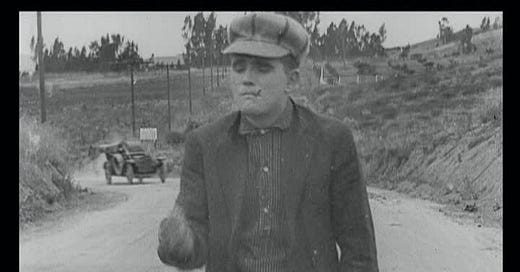




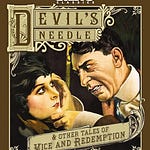

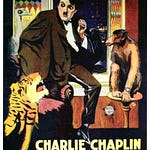
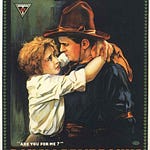
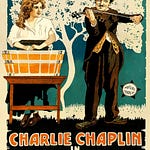


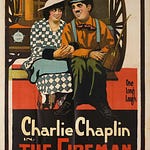
Share this post